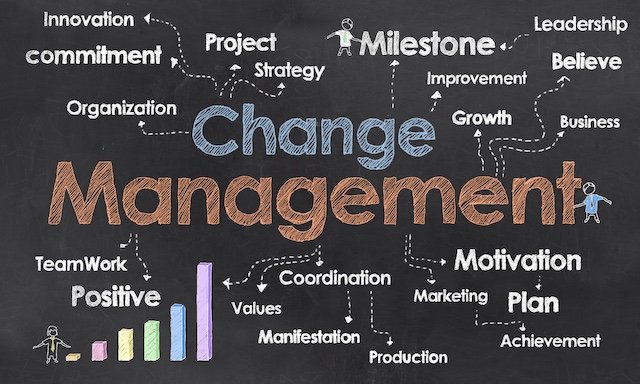What Is Employee Turnover?
Employee turnover is the rate at which employees leave a company within a specific period. It is usually expressed as a percentage representing the number of workers who departed within a specific timeframe relative to the total payroll headcount. It encompasses both voluntary departures, like resignations or retirements, and involuntary exits, such as terminations or layoffs. For example, if a company with 100 employees had 10 resignations over the past year, they would have a 10% annual turnover rate. A high turnover rate typically signals problems with company culture, compensation, management, unclear growth paths for employees or other workforce challenges. Addressing these foundational workplace issues can help boost retention and reduce the recurring costs and disruptions of replacing departed staff. Conversely, low turnover often signifies a contented and engaged workforce, contributing to continuity, productivity, and long-term success within a company. An optimal turnover rate varies by industry, but hovering between 10 to 15% is healthy for most organizations.
What Causes High Employee Turnover?
There are a variety of factors that can cause high employee turnover rates. It often comes down to workers feeling dissatisfied, undervalued, or lacking opportunity within an organization. Additionally, a mismatch between job expectations and reality, limited career advancement prospects, ineffective communication, or a toxic work environment can contribute. Poor company culture, absence of recognition programs, lack of effective leadership, and weak training programs also detract from retention. Employees want to feel engaged and have clear paths forward. If they experience poor work-life balance, exclusionary politics, harassment issues, or disconnection from organizational values and mission, they are more prone to seek opportunities elsewhere. Organizations that focus on the employee experience through fair policies, empathetic leadership, healthful work environments, and opportunities for growth tend to benefit from stronger retention over time.




